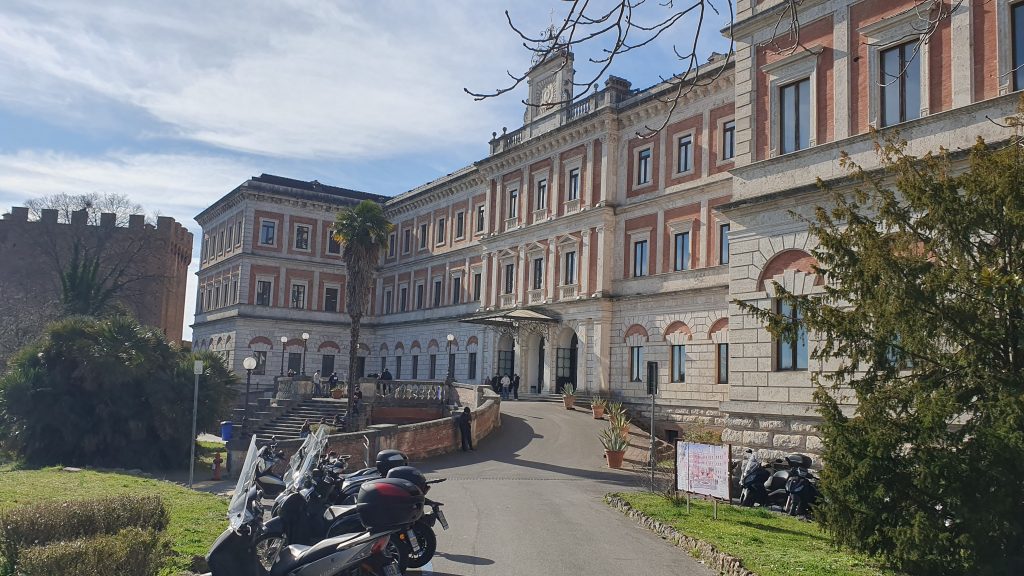Siena turned into a hub for digital heritage this September, when researchers, practitioners, and policymakers gathered for Digital Heritage 2025. Among the highlights were the contributions of the 3D-4CH Competence Centre and the 3DBigDataSpace project, both of which are shaping the way Europe creates, shares, and reuses 3D cultural heritage data.
A joint workshop on 3D heritage
On 8 September, a joint workshop brought together projects from across Europe – including XRculture, EUreka3D-XR, and Europeana’s 3D Working Group – for an afternoon of presentations, live demonstrations, and open discussion.
The session made clear that while over 110 EU-funded projects have produced 3D cultural heritage data, only a fraction is openly available. Changing this requires shared standards, training, and collaboration. The workshop gave participants a chance to explore the tools and approaches now being developed to address these gaps, with 3D-4CH and 3DBigDataSpace amongst others playing central roles.
Spotlight on 3D4CH and 3DBigDataSpace
This year’s established 3D-4CH Competence Centre presented its mission to serve as a European hub for knowledge, resources, and training in 3D digitisation. It was introduced as a practical support structure for cultural institutions looking to adopt 3D, AI, and XR technologies.
Meanwhile, 3DBigDataSpace showcased its work on building a European framework for sharing and reusing large-scale 3D datasets. The project is addressing some of the sector’s most pressing challenges: interoperability, data quality, and long-term sustainability. Attendees had the chance to see how these efforts can directly support museums, archives, and researchers in making 3D heritage data usable and accessible.
Reflecting on challenges and opportunities
The following day on 9 September, 3D-4CH convened the panel “Powering 3D Digitisation of Europe’s Heritage.” Moderated by Kate Fernie (CARARE), the panel featured insights from Albert Sierra Reguera, Rob Shaw, Valentine Charles, and Marco Medici.
Their presentations ranged from the lessons of Catalonia’s Giravolt project to the European Commission’s TwinIt campaign, and from large-scale 3D scanning initiatives to strategies for skills development. The discussion underlined a shared conviction: Europe’s ambition to digitise millions of heritage assets by 2030 can only be achieved through strong collaboration and knowledge exchange.
Looking ahead
Digital Heritage 2025 showed that 3D digitisation has moved from the experimental to the essential. For 3D-4CH and 3DBigDataSpace, Siena was not only an opportunity to present achievements, but also to engage with the wider community in shaping the next steps.
The conversations and collaborations sparked in Siena are a reminder that Europe’s cultural heritage is not just being preserved – it is entering a new digital life, accessible to all and open to new forms of research, learning, and creativity.
image courtesy by Digital Heritage 2025
